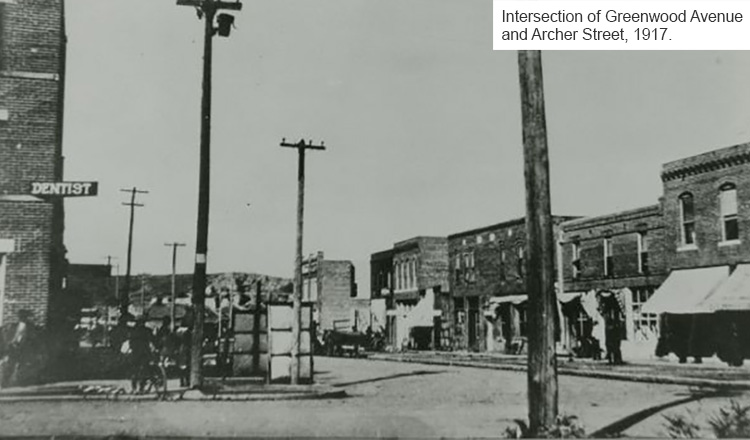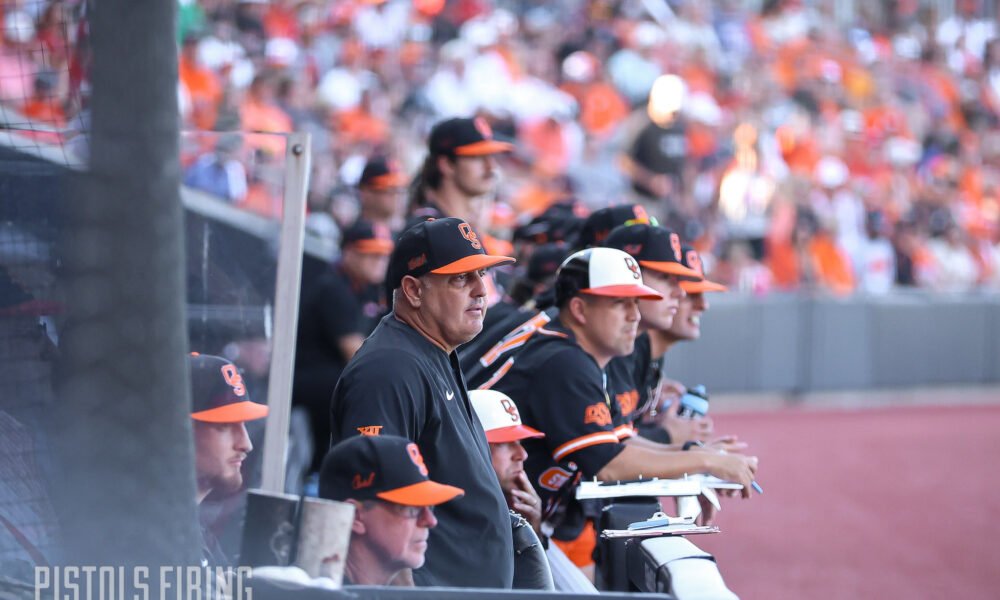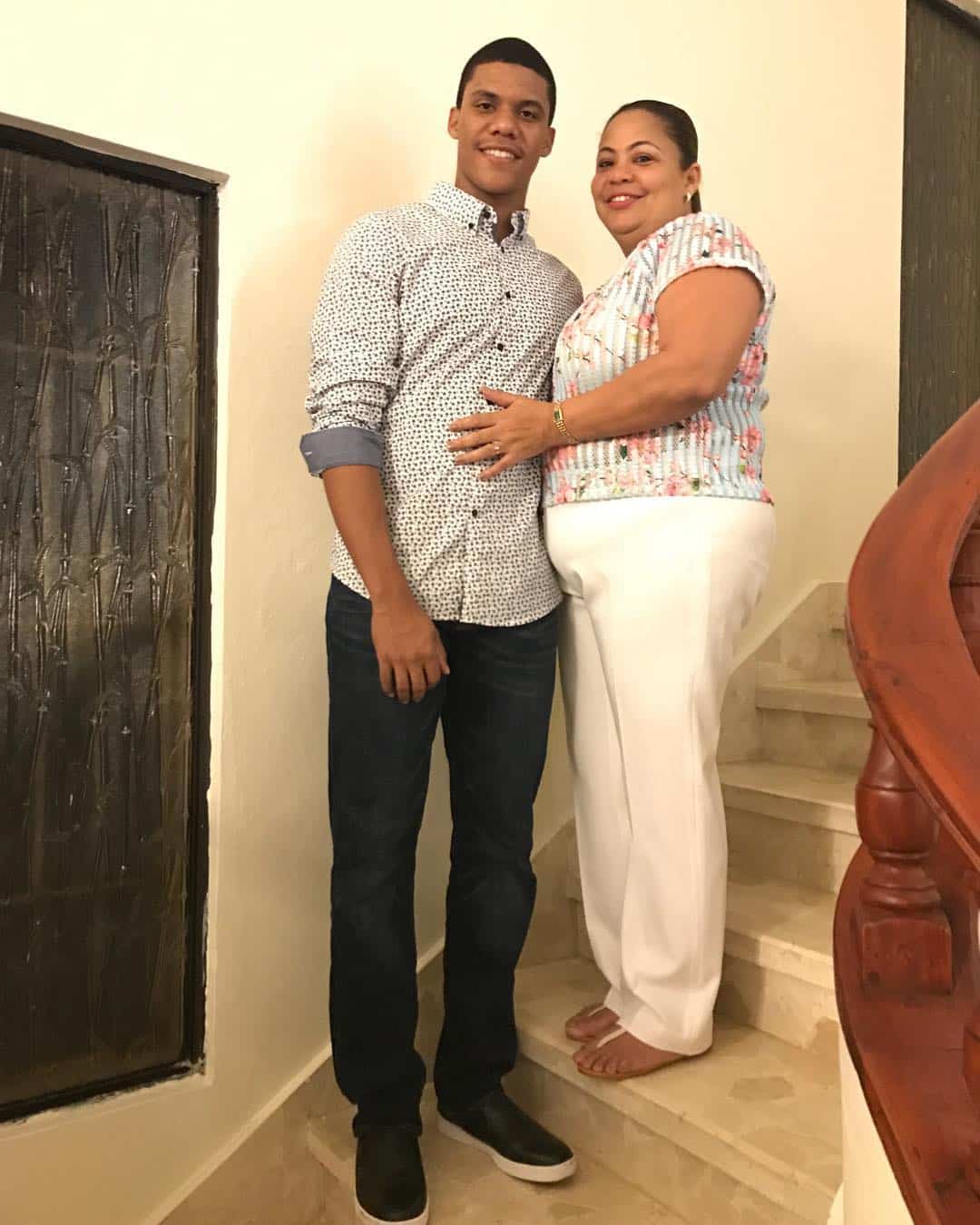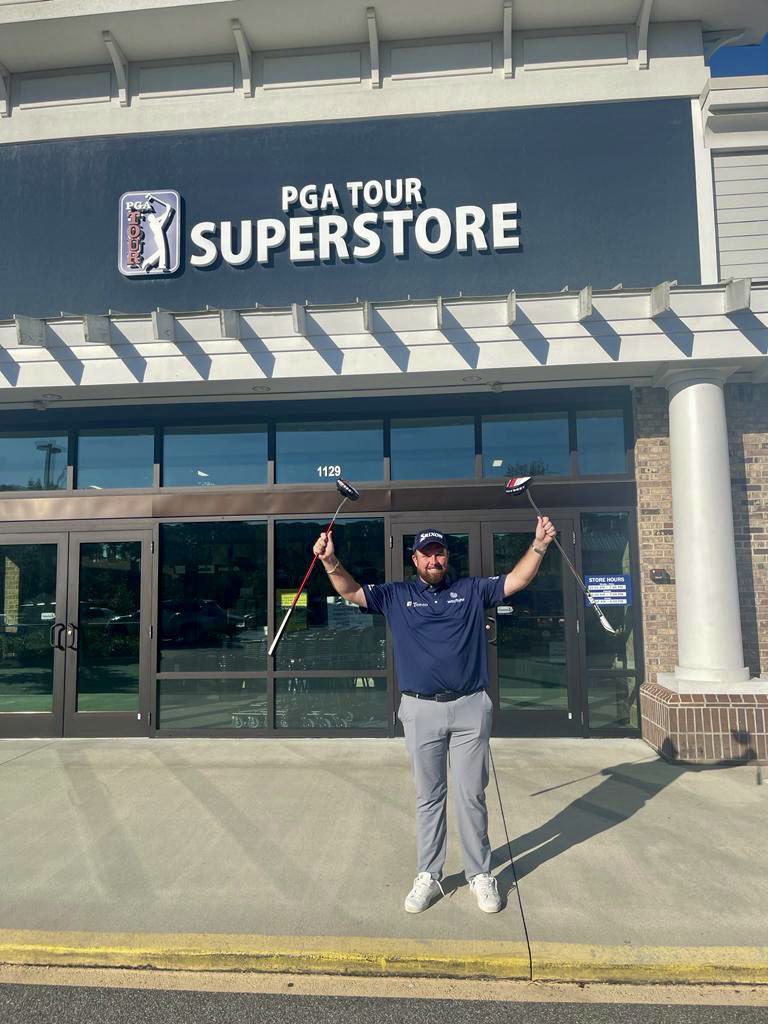The Next Pope: Analyzing The Leading Contenders For The Papacy

Table of Contents
Cardinal Luis Francisco Ladaria Ferrer: A Conservative Voice
Theological Positions:
Cardinal Ladaria Ferrer, a renowned theologian and former Prefect of the Congregation for the Doctrine of the Faith, is known for his traditionalist views.
- Strong adherence to Church doctrine on moral issues: He consistently upholds traditional teachings on issues such as abortion, contraception, and same-sex marriage. His writings and pronouncements reflect a firm commitment to orthodox Catholic theology.
- Conservative stance on liturgical reforms: He advocates for a cautious approach to liturgical changes, emphasizing the preservation of traditional practices and a reverence for the sacred.
- Emphasis on the Magisterium's authority: He stresses the importance of the Magisterium, the teaching authority of the Church, in guiding Catholic belief and practice.
Strengths and Weaknesses:
- Strength: Strong support among traditionalist cardinals and within conservative Catholic circles globally. His deep theological knowledge commands respect.
- Weakness: Potential for alienating progressive Catholics who advocate for reform and greater inclusivity within the Church. His conservative stance might limit his ability to engage with contemporary challenges facing the Church.
Potential Impact:
His papacy could signify a return to a more traditionalist focus within the Church, prioritizing orthodox doctrine and liturgical practices. This could lead to increased internal debate and potential divisions within the Catholic community.
Cardinal Pietro Parolin: A Pragmatic Diplomat
Theological Positions:
Cardinal Parolin, the current Secretary of State of the Holy See, is known for his pragmatic and diplomatic approach to complex issues.
- Emphasis on interfaith dialogue and ecumenism: He actively promotes dialogue with other religious traditions and seeks greater unity among Christian denominations.
- Focus on global challenges facing humanity: He addresses social justice issues, including poverty, climate change, and migration, reflecting a concern for the well-being of all people.
- Support for a more inclusive Church: While upholding core doctrines, he displays an openness to engaging with diverse perspectives within the Catholic community.
Strengths and Weaknesses:
- Strength: Broad experience in diplomacy and international relations, providing valuable skills for leading the global Church. His ability to navigate complex political landscapes is undeniable.
- Weakness: Some might perceive his pragmatic approach as lacking a strong ideological vision for the future of the Church. He might struggle to inspire passionate loyalty from factions with deeply held convictions.
Potential Impact:
His papacy could signify a more inclusive and outward-facing Church, focusing on diplomacy, interfaith dialogue, and addressing global social justice issues. This approach might foster unity and collaboration across diverse groups within and beyond the Church.
Cardinal Michael Czerny: A Champion of Social Justice
Theological Positions:
Cardinal Czerny, the current Prefect of the Dicastery for Promoting Integral Human Development, is known for his unwavering commitment to social justice.
- Focus on serving the marginalized and poor: He prioritizes the needs of the most vulnerable members of society, advocating for the protection of human rights and environmental stewardship.
- Emphasis on the preferential option for the poor: This theological principle guides his work and inspires his commitment to addressing systemic inequality.
- Openness to dialogue on social and ethical issues: He engages in open and respectful dialogue with those holding differing viewpoints.
Strengths and Weaknesses:
- Strength: Broad appeal to younger generations of Catholics who prioritize social justice and environmental issues. His dedication to serving the poor inspires profound respect.
- Weakness: Potential opposition from conservative factions within the Church who might perceive his social justice advocacy as deviating from core doctrines.
Potential Impact:
His papacy could signify a Church deeply committed to social justice, environmental protection, and working for a more equitable world. This could lead to significant changes in Church policies and programs.
The Conclave Process and Predicting the Next Pope
- Explanation of the Papal conclave process: The conclave is a secret meeting of cardinals to elect a new Pope following the death or resignation of the previous pontiff. The process involves multiple ballots until a candidate receives a two-thirds majority vote.
- Factors influencing the selection: Numerous factors influence the selection, including regional balance, theological perspectives, administrative experience, and the perceived needs of the Church at a given time. The political dynamics within the College of Cardinals are also important.
- Challenges and uncertainties in predicting the outcome: Predicting the outcome of a conclave is notoriously difficult due to the secrecy surrounding the process and the complex interplay of various factors.
Conclusion
The selection of The Next Pope is a significant event for the Catholic Church and the world. The leading contenders each offer distinct theological perspectives and approaches to leadership. While predicting the outcome of the conclave remains challenging, understanding the strengths and weaknesses of potential candidates provides valuable insight into the possible future directions of the Catholic Church. Stay informed on the latest developments and continue your research into the potential candidates for The Next Pope to form your own informed opinion. The future of the Catholic Church depends on the choice of the next successor to St. Peter.

Featured Posts
-
 Wall Streets Resurgence A Look At Defeated Bear Market Predictions
May 11, 2025
Wall Streets Resurgence A Look At Defeated Bear Market Predictions
May 11, 2025 -
 Astros Foundation College Classic 2025 All Tournament Team Announced
May 11, 2025
Astros Foundation College Classic 2025 All Tournament Team Announced
May 11, 2025 -
 Juan Sotos Performance Surge A Coincidence Or Kays Commentary
May 11, 2025
Juan Sotos Performance Surge A Coincidence Or Kays Commentary
May 11, 2025 -
 John Wick Immersive Experience Become Baba Yaga In Las Vegas
May 11, 2025
John Wick Immersive Experience Become Baba Yaga In Las Vegas
May 11, 2025 -
 Meeting Shane Lowry Making The Most Of Your Chance
May 11, 2025
Meeting Shane Lowry Making The Most Of Your Chance
May 11, 2025
